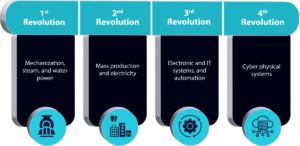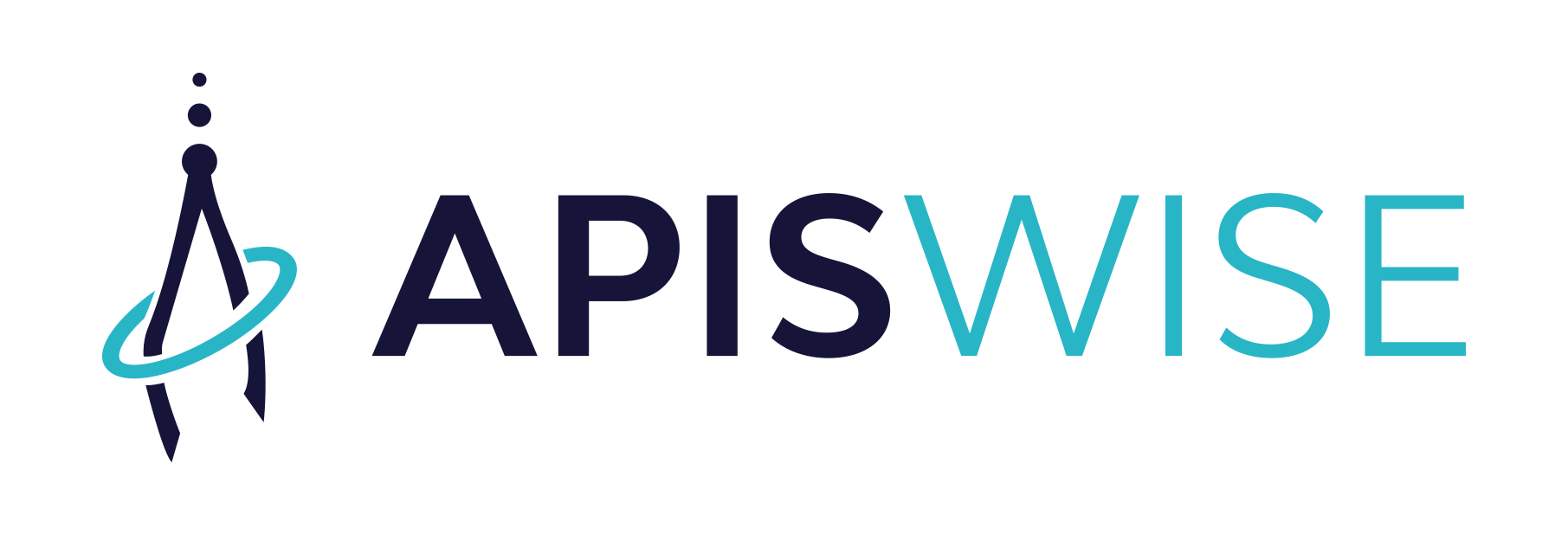The Fourth Industrial Revolution is a term used to describe the current period of rapid technological change, characterized by the convergence of digital, biological, and physical technologies. These technologies are blurring the boundaries between the physical, digital, and biological worlds and are creating new opportunities and challenges for businesses, governments, and individuals. This article examines the benefits and challenges we face while navigating new technologies.
Some of the key technologies that are driving the Fourth Industrial Revolution include:
 Artificial intelligence (AI): AI is the ability of machines to mimic human intelligence. AI is being used in a wide range of applications, such as facial recognition, natural language processing, and self-driving cars.
Artificial intelligence (AI): AI is the ability of machines to mimic human intelligence. AI is being used in a wide range of applications, such as facial recognition, natural language processing, and self-driving cars.
Robotics: Robots are machines that are programmed to perform tasks automatically. Robots are being used in a wide range of industries, such as manufacturing, healthcare, and logistics.
The Internet of Things (IoT): The IoT refers to the network of physical objects that are connected to the internet. The IoT is being used to collect data about the physical world, and to control devices remotely.
Big data analytics: Big data analytics refers to the process of analyzing large amounts of data to identify patterns and trends. Big data analytics is being used to make better decisions, to improve efficiency, and to predict future events.
Challenges and Solutions
The Fourth Industrial Revolution is having a profound impact on the way we live, work, and do business. These technologies are changing the way we interact with the world around us, and they are creating new opportunities for businesses to innovate and grow.
However, the Fourth Industrial Revolution also presents some challenges. These challenges include the need for new skills and training, the potential for job displacement, and the need to address ethical concerns.
Despite the challenges, there are many reasons to be optimistic about the Fourth Industrial Revolution. These technologies have the potential to improve our lives in many ways, such as by making our healthcare system more efficient, our transportation system more sustainable, and our businesses more productive.
If we are to embrace the Fourth Industrial Revolution and reap its benefits, we’ll need to take some steps to prepare. These steps include:
Defining existing processes: As companies plan to introduce technology and automation into their business it is critical that they start with a deep understanding of their current processes, so they can design their automation and technology to be efficient and successful.
Investing in education and training: We need to make sure that our workforce has the skills they need to succeed in the new economy. This means investing in education and training programs that teach people how to use the new technologies.
Developing new policies and regulations: We need to develop new policies and regulations that will help to ensure that the Fourth Industrial Revolution is used for good and not for harm. This includes policies that protect privacy, prevent job displacement, and address ethical concerns.
Building a culture of innovation: We need to create a culture of innovation that encourages people to experiment with new technologies and to find new ways to use them. A common mistake companies make as they consider automation, is to consider the input of the operators so they are more likely to be a valuable asset involved in the emerging technology.
The Fourth Industrial Revolution is an exciting time, but it is also a time of great change. If we are to embrace the opportunities of this new era, we need to be prepared. By investing in education and training, developing new policies and regulations, and building a culture of innovation, we can ensure that the Fourth Industrial Revolution benefits everyone.


